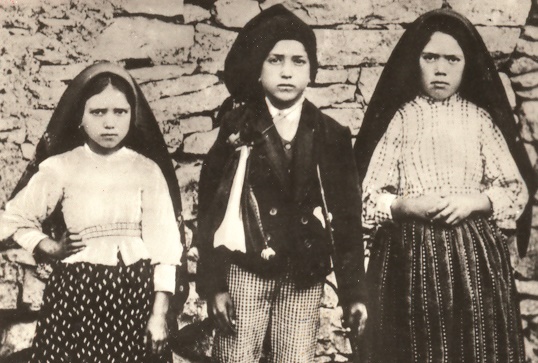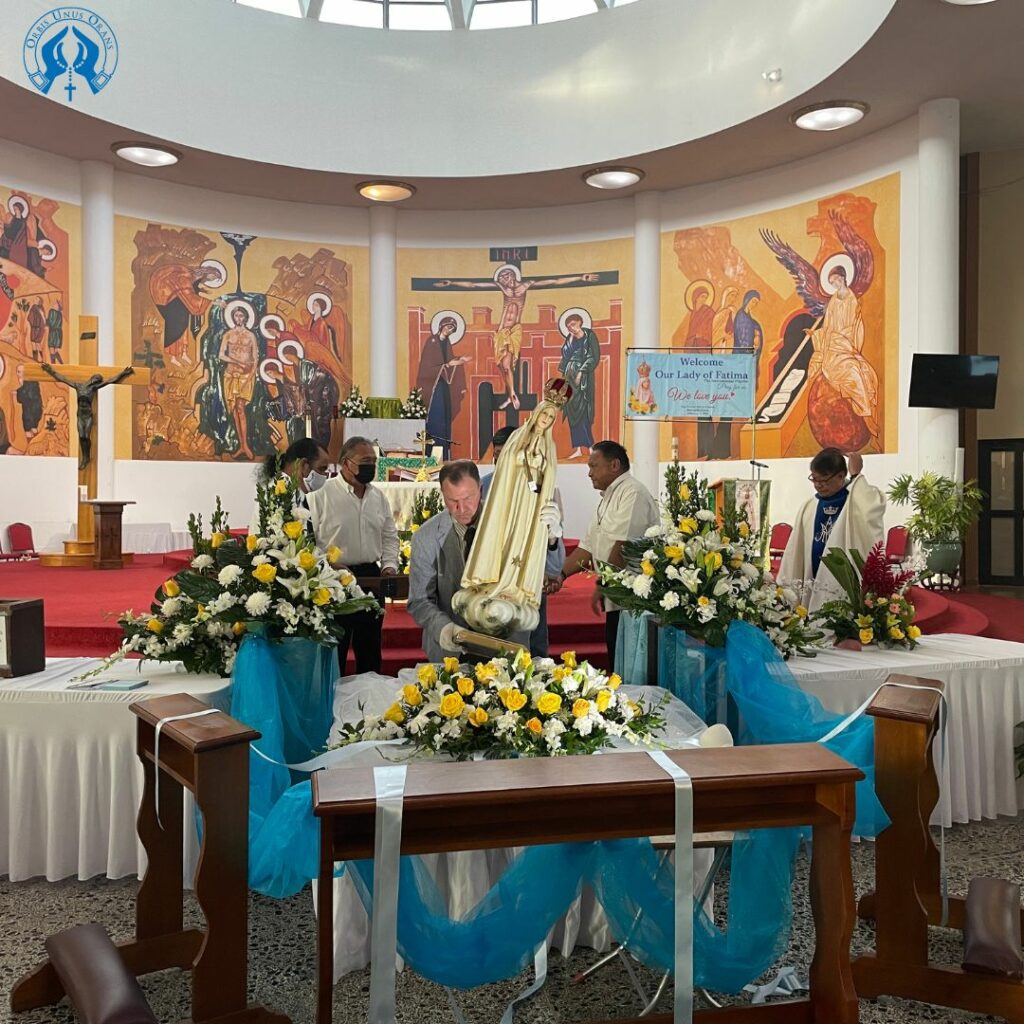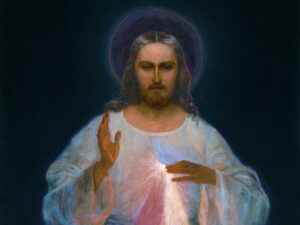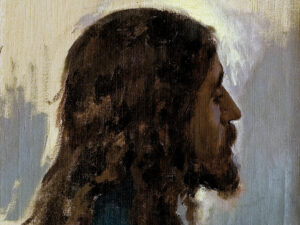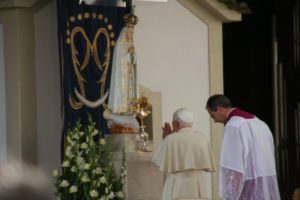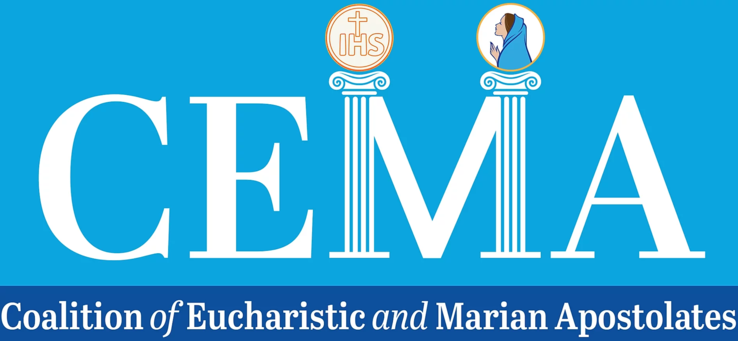By Kevin Burke, LSW and Theresa Burke, Ph.D. –
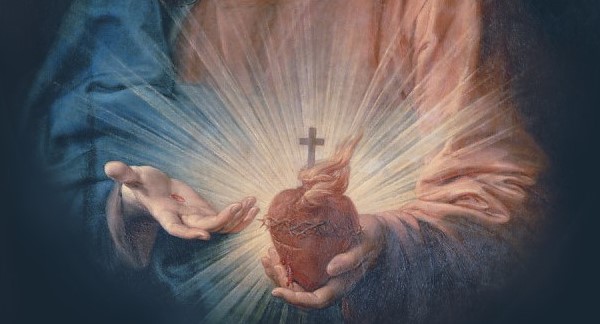
In the month of June, we journey into the heart of Catholic devotion, and quite literally, to the physical Heart of Jesus.
June offers a unique opportunity to strengthen your Catholic faith beginning with the Feast of Corpus Christi on June 16, celebrated on Sunday, June 19, and some contemporary miracles associated with the Blessed Sacrament.
The Feast of Corpus Christi
The Feast of Corpus Christi has its roots in the fervent Eucharistic devotion of a 13th century Belgian saint, Julianna of Cornillon. Julianna had a vision of Jesus requesting a special feast to increase devotion to His Presence in the Blessed Sacrament. She reported her vision to Archdeacon Jacques Panteleon. In 1246, the Bishop of Liege, Belgium established the Feast of the Blessed Sacrament.
Fourteen years later, an Italian priest, who suffered doubts about the Real Presence of Jesus in the Eucharist, celebrated mass. At the moment of consecration, as the Host was elevated, it began to bleed. Many witnessed this. The priest wrapped the bleeding Host in corporals and brought the Host and corporals to the Bishop at Orvieto.
Providentially, the bishop brought this matter to the attention of Pope Urban IV, formerly Archdeacon Jacques Panteleon, to whom St. Juliana had initially confided her vision.
The miracle was affirmed, and the Host and corporals remain in Orvieto for veneration to this day. In 1264, Pope Urban IV established the Feast of Corpus Christi for the universal Church.
Sadly, a 2019 Pew Research Center survey finds that even among Church-going Catholics, there is a confusion about the Real Presence of Jesus in the Eucharist.
- The Pew Survey reported that about six-in-ten (63%) of the most observant Catholics — those who attend Mass at least once a week — accept the Church’s teaching about transubstantiation.
It seems that once again, as in the 13th century, Heaven is responding to this growing ignorance among Catholics. Between 1992 and 2013, a series of miracles associated with the Eucharist were reported from Buenos Aires to Poland. In each of these cases, consecrated communion Hosts turned into fleshy and bloody substances.
Using Modern Science to Study the Phenomena
The previously consecrated communion wafers were studied by a series of doctors and scientists. In a number of these cases, doctors were not told the source of the material, to further aid objectivity.
Here’s what they discovered[1]:
- The blood is human, AB blood type; human DNA was found… in one case, the blood clearly emanated from within, because the blood on the surface had begun to coagulate but the interior blood was still fresh, as with a bleeding wound.
- The flesh is human myocardium tissue of the left ventricle of an inflamed heart; in the miracles from Argentina and Poland, there was evidence of trauma from the presence of thrombi, indicating repeated lack of oxygen; lesions present showed rapid cardiac spasms typical in the final phases of death.
- In the Sokolka miracle, the remaining host is tightly interconnected with the fibers of human tissue, penetrating each other inseparably – as if the bread were transforming into flesh. “Even NASA scientists, who have at their disposal the most modern analytical techniques, would not be able to artificially recreate such a thing,” affirmed Dr. Sobaniec-Lotowska, one of the examining experts.
With this understanding of Eucharist as traumatized heart tissue of our crucified Lord, we can enter into an even deeper appreciation for the Feast of the Sacred Heart of Jesus, celebrated on June 24th.
The Sacred Heart of Jesus
Devotion to the Sacred Heart presents the Heart of Jesus, encircled by thorns, crowned with the cross, and burning with love for the human family. Devotion to the Sacred Heart of Jesus goes back to the 11th century.
St. Margaret Mary Alacoque had multiple visions of Jesus and the Sacred Heart between 1673 and 1675. Jesus shared twelve promises with St. Margaret Mary for those who honor the Sacred Heart. A few of these promises are particularly relevant in our day: Special graces for family peace and healing, comfort in times of trial, and most importantly, Jesus shared “sinners will find in My Heart, an infinite ocean of mercy.”
Even with such amazing miracles and devotions, some women and men maintain a distance from God, and deep down, struggle to trust in His mercy and love.
The Heart of Healing: Restoring Trust after Abuse and Trauma
The scientific research with Eucharistic miracles reveals a powerful connection between the Sacred Heart of Jesus devotion and the Real Presence of Jesus in the Eucharist:
Jesus wants to, quite literally, share his Heart with us in intimate communion.
But those who have experienced abortion and other abuse can struggle to process their experiences, to grieve, and to trust others. This can impact our relationship with God, and the ability to receive the love, mercy and healing that emanate from the Heart of Jesus.
Thankfully, there are healing programs that incorporate psychological treatments, with special Scripture meditations and the sacraments of the Church. The emotional and spiritual healing process safely opens up the heart and soul so you can work through the memories and feelings of those painful events.
As participants journey through the special Scripture meditations and therapeutic exercises, and tell their stories, they come to see they are not alone. Light begins to shine where there was darkness. As the healing progresses, the heart softens and is open to receive God’s forgiveness, healing and mercy.
May the great feasts and devotions of this holy month draw you closer to the merciful Heart of Christ Jesus.
Theresa Burke Ph.D., developed a program Rachel’s Vineyard for healing after abortion, and a retreat for victims of abuse, Grief to Grace.
[1] Jeanette Williams, “The Amazing Science of Recent Eucharistic Miracles.”


